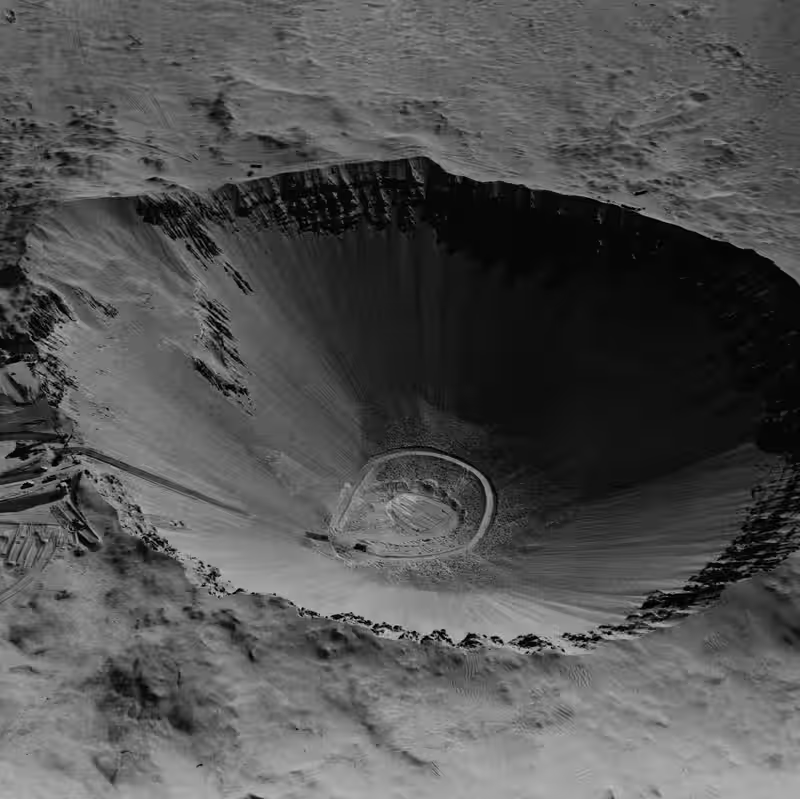Table of Contents
- Trump Orders Immediate Nuclear Testing
- Fact Check: Are Other Nations Testing?
- U.S. Nuclear Testing History
- Expert Reactions and Risks
- Arms Race Fears Return
- Sources
Trump Orders Immediate Nuclear Testing
On Thursday, October 30, 2025, former President Donald Trump announced he had ordered the U.S. military to resume nuclear weapons testing “immediately.” Speaking to reporters aboard Air Force One after a summit in South Korea, Trump claimed the move was necessary because “others are doing testing.”
However, this claim is factually incorrect. No country has conducted an explosive nuclear test since North Korea’s last detonation in September 2017. Russia and China have not tested since 1990 and 1996, respectively.
Fact Check: Are Other Nations Testing?
Despite Trump’s assertion, global monitoring agencies confirm that no nation has resumed explosive nuclear testing. What may have confused the former president were Russia’s recent tests of delivery systems—not warheads—including the nuclear-powered cruise missile and the Poseidon undersea drone.
China, while modernizing its arsenal, has not conducted a live nuclear explosion in nearly three decades. U.S. intelligence acknowledges preparations at China’s Lop Nur test site but no actual detonations.
U.S. Nuclear Testing History
The United States last conducted an explosive nuclear test in 1992 under President George H.W. Bush. Since then, it has relied on advanced non-explosive methods to verify arsenal reliability, including:
- Supercomputer simulations
- Subcritical experiments
- The world’s most powerful X-ray machine (at Lawrence Livermore National Lab)
- National Ignition Facility’s stadium-sized laser array
These tools allow scientists to assess weapon performance without violating the de facto global testing moratorium established by the 1996 Comprehensive Nuclear-Test-Ban Treaty (CTBT)—which the U.S. signed but never ratified.
Expert Reactions and Risks
Trump’s directive has alarmed national security and nuclear policy experts. Dr. Siegfried S. Hecker, former director of Los Alamos National Laboratory, warned: “We have much more to lose by going back to testing than we have to gain.”
Brandon Williams, Trump’s own appointee overseeing nuclear testing, testified in April 2025 that explosive tests were unnecessary, stating, “I would not advise testing… we should rely on scientific information.”
Vice President JD Vance attempted damage control, saying the arsenal “does work properly,” but offered no justification for resuming detonations.
Arms Race Fears Return
Resuming U.S. nuclear tests could trigger a domino effect. Both Russia and China maintain readiness to conduct underground tests within months. With the New START treaty—the last major U.S.-Russia arms control agreement—set to expire in early 2026, the timing raises fears of a new arms race.
Project 2025, a conservative policy blueprint, has long advocated for “immediate test readiness” to project strength. Yet critics argue this approach prioritizes symbolism over science—and could destabilize global security.
Global Nuclear Test Totals (1945–1996)
| Country | Tests Conducted |
|---|---|
| United States | 1,030 |
| Russia/USSR | 715 |
| France | 210 |
| China | 45 |




